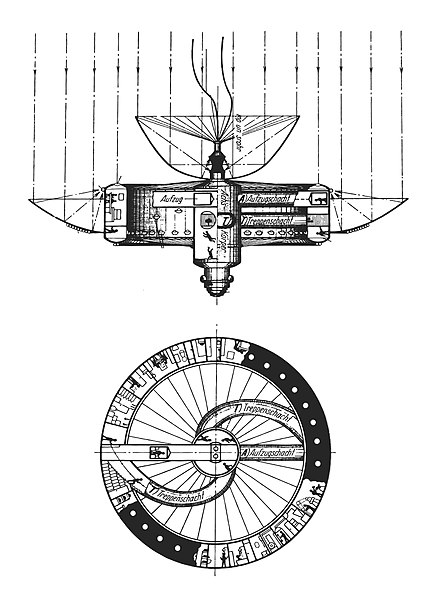The easiest and least complicated way to get artificial gravity is to simply reel out the habitation module from the propulsion module using a long tether and have the two rotate about their center of gravity at a relatively slow rate.
Regardless of whether you are using a chemical or nuclear engine, the earth escape motor will burn for no more than a few minutes to a couple of days. It doesn't mater that you don't have artificial gravity for that duration. Once the motor shuts down, you reel out the human housing portion of the vehicle from the engine/fuel tanks. Then, using attitude control thrusters, you make them rotate about their common center of gravity. You may want to align the axis of rotation towards earth such that the communication antennas will always point earthwards even if they are spinning around in circles. As Mars looms, you reel them back together, stop the spin, reorient the tail of the vehicle towards the red planet and fire the engine for the Martian orbital injection burn.
This is simple because it does not involve and things rubbing against each other or having to run cables through a rotating hub as you would with a centrifuge. It also does not involve the high minimum mass and volume of a "ring" shaped vehicle. Most importantly, we can easily experiment with it in LEO. Just tether two Dragons or Soyuz capsules together, use their orbital maneuver thrusts to impart the spin and just have astronauts live in there for a few days. Once we are happy with that, we attached a few "cargo" modules to the capsules so they have food and water for a few months and repeat the same thing.



